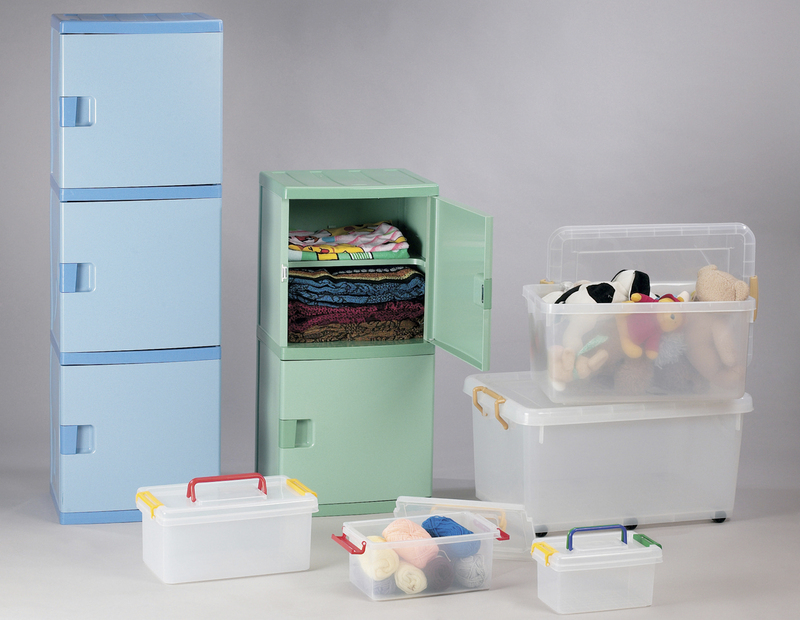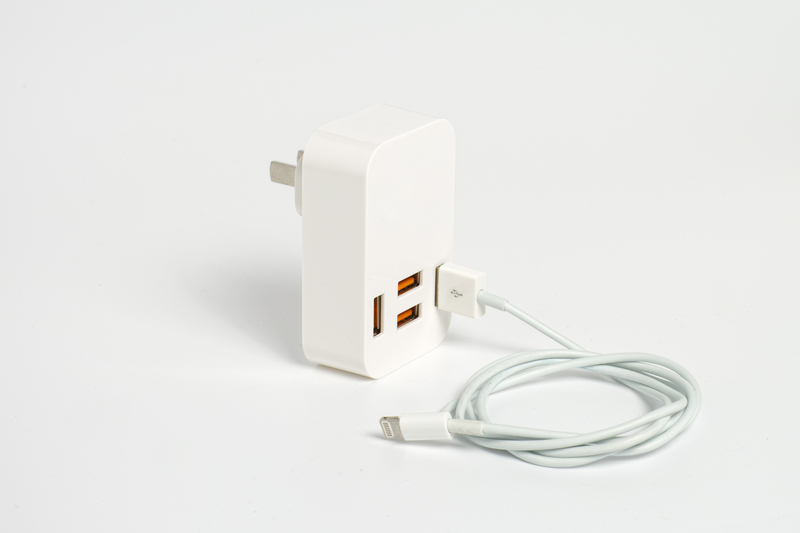Expert-Approved Ways to Store Your Sofa for the Long Haul
When it comes to moving, renovating, or simply creating more space, knowing how to store your sofa for the long haul is essential. Sofas are significant investments, often holding sentimental value and requiring careful handling to ensure their longevity. Whether you have a luxurious leather sectional, a delicate antique settee, or a modern fabric couch, following expert-approved storage methods can protect your furniture from damage and deterioration. This comprehensive guide outlines everything you need to know about sofa storage, providing practical, actionable tips from industry professionals to keep your favorite seat in prime condition for years to come.
Why Proper Sofa Storage Matters
Many homeowners make the mistake of treating their sofa like any other piece of furniture during storage. However, improper storing techniques can lead to mold growth, severe stains, pest infestations, fabric tears, and frame warping. Taking the necessary steps to store your sofa correctly not only keeps it looking great but also ensures you don't face hefty repair or replacement costs down the line.
- Financial Protection: High-quality sofas can be expensive. Damage during storage often isn't covered by homeowner's insurance.
- Preserving Sentimental Value: Heirloom or custom-made sofas are often irreplaceable.
- Health Reasons: A moldy or pest-infested sofa can cause allergens when returned to use.

Before You Store: Essential Preparations
Properly preparing your sofa for storage is the first and perhaps most vital step. Failing to clean or wrap your sofa can leave it vulnerable to irreversible damage.
1. Clean Thoroughly
Cleaning your sofa before storing removes dust, debris, food crumbs, and any lingering odors that could attract pests or promote mold growth. Follow these steps for a deep clean:
- Remove loose cushions and vacuum thoroughly, including crevices.
- Use a fabric-safe upholstery cleaner for cloth sofas. For leather, utilize a specific leather cleaner and conditioner.
- Allow the sofa to air-dry completely, as moisture can lead to mold and mildew during storage.
- If applicable, launder removable fabric covers as per manufacturer's instructions.
2. Disassemble (If Possible)
Many experts recommend disassembling your sofa to prevent damage during transit and storage. This also makes the packing and storing process easier and saves space.
- Remove legs, backrests, or recliner mechanisms if possible.
- Store all screws or small parts in labeled bags taped to the main frame.
- Take reference photos for easier reassembly.
3. Protect and Wrap
To guard against scratches, moisture, dirt, and pests, use quality packing materials. Avoid cheap plastics that can trap condensation or tear easily.
- Furniture blankets or moving pads: Wrap the entire sofa, especially wooden or metal frames.
- Plastic wrap or sheeting: Use only for a final layer. Ensure the sofa is completely dry first.
- For leather sofas, breathable covers are best to prevent trapped moisture and subsequent mildew.
- Never use newspaper, as ink can transfer onto fabric or leather.
Choosing the Right Storage Solution
Selecting the most appropriate storage environment is crucial for long-term sofa protection. Experts agree that where you store your sofa is just as important as how you store it.
1. Opt for Climate-Controlled Storage Units
Standard garages or sheds can experience extreme temperature and humidity fluctuations, causing wood to warp and fabrics to degrade. Climate-controlled units maintain steady temperatures (generally between 50?F and 80?F) and humidity levels, ideal for upholstery and wood.
- Protection from mildew and mold.
- Reduces risk of wood expansion/contraction.
- Keeps pests at bay.
2. Avoid Direct Sunlight and Damp Areas
Direct sunlight can fade fabrics and dry out leather. Damp basements or unsealed garages encourage mold and insect activity. Always select a clean, dry, and shaded storage spot whenever possible.
3. Elevate Your Sofa
Even in a secure storage facility, moisture can seep through floors. Place your sofa on wooden pallets or plastic risers to keep it off the ground and allow for air circulation.
Best Practices for Long-Term Sofa Storage
Whether you're storing a classic chesterfield or a modern sectional, these expert tips will help ensure your sofa remains spotless, fresh, and ready for future use.
1. Avoid Stacking Heavy Items On Top
While it may seem space-efficient, stacking boxes or equipment on your sofa can crush cushions, warp frames, and leave lasting indents. Always store your sofa upright and clear of additional weight.
2. Allow Airflow
Wrapping your sofa too tightly in plastic can trap moisture, causing mold and odors. Experts recommend using perforated covers or leaving the bottom slightly open for airflow, especially for long-term storage.
3. Regular Checks and Maintenance
If possible, check your stored sofa every few months.
- Look for signs of pests, humidity, or fabric deterioration.
- Re-tighten wrapping if it loosens, and buff leather surfaces with conditioner occasionally.
4. Keep Storage Area Clean
A clean environment reduces the risk of pests and mildew.
- Sweep and mop the floor before placing your sofa in storage.
- Use natural pest repellents like cedar blocks or lavender sachets if permitted.
Special Considerations for Different Sofa Types
Each sofa material requires unique handling for optimal long-term storage.
Fabric Sofas
- Ensure fabric is completely dry and dust-free before wrapping.
- Avoid plastic wraps in humid climates; use breathable cotton covers.
- Shield from direct light to prevent fading.
Leather Sofas
- Apply a leather conditioner before storage to prevent cracking.
- Use soft, breathable fabrics for wrapping to allow moisture escape.
- Never store near heat sources, which can dry and warp leather.
Wood-Framed & Antique Sofas
- Polish with wood-safe products pre-storage.
- Wrap exposed wood sections in padded movers' blankets.
- Do not store in humid or unregulated temperature settings.
Common Sofa Storage Mistakes to Avoid
Even with best intentions, homeowners frequently fall into these traps when storing a sofa for the long term:
- Not cleaning the sofa before storage, attracting pests and mold.
- Skipping disassembly, which can cause stress on frames during transit.
- Improper wrapping, leading to abrasions and trapping of moisture.
- Using non-climate-controlled storage, resulting in temperature and humidity issues.
- Ignoring regular checks, allowing small issues to become large problems.
Expert Tips for Moving Your Sofa to Storage
Transporting your sofa safely requires as much care as storage itself. Follow these professional moving tips to avoid accidental damage:
- Use furniture dollies and straps to minimize heavy lifting.
- Keep the sofa upright to avoid bending frames and damaging upholstery.
- Secure in the moving truck using soft ropes or bungee cords (never wrap tightly around leather or delicate fabrics).
- Always lift by the base, not by the arms or back, to prevent breakage.
How Long Can You Safely Store a Sofa?
With quality packing materials, climate control, and regular checks, you can store your couch or sofa for years without noticeable degradation. However, experts warn that storage over five years may require additional upholstery care or professional cleaning before your sofa is ready for daily use again.
- For storage under six months: Covers and basic preparation are often adequate.
- For storage longer than one year: Climate control and advanced wrapping become essential.
- For heirloom or irreplaceable sofas: Consult a furniture conservator for specialized advice.
Summary: Key Steps to Store Your Sofa for the Long Haul
Storing your sofa for the long term doesn't have to be stressful. By following these expert-recommended ways to store your sofa for the long haul, you'll preserve its appearance, structure, and comfort well into the future. Here's a quick recap:
- Thoroughly clean and dry your sofa before storage.
- Disassemble and wrap with breathable, protective covers.
- Select a climate-controlled facility and elevate your sofa off the ground.
- Allow for air circulation; avoid stacking or compressing cushions and frames.
- Check periodically and maintain protective treatments as needed.
- Tailor your approach to your sofa's material--fabric, leather, or wood--using specific treatments and wrappers.
With these steps, you can confidently keep your sofa in top condition no matter how long it's in storage. A little preparation now means you'll return to a fresh, beautiful, and comfortable sofa whenever you need it again.

Frequently Asked Questions about Sofa Storage
How far in advance should I prepare my sofa for storage?
Begin cleaning and preparing your sofa at least one week before moving it to storage. This allows enough time for it to thoroughly dry and air out after cleaning.
Is it okay to store a sofa in a non-climate-controlled unit?
While short-term storage might be possible, long-term storage in non-climate-controlled environments is risky for upholstery and frames due to temperature and humidity extremes.
Can I store other items on top of my sofa?
No. Experts strongly warn against stacking heavy items on sofas, as this can result in permanent dents, sagging, or frame warping.
Should I use plastic wrap or covers?
Use plastic only as a final layer and never tightly for extended periods, as it can trap moisture. Breathable cotton or specialty fabric covers are best, especially for leather and antique sofas.
Conclusion: Preserve Your Sofa's Value and Comfort for Years to Come
Storing a sofa for the long haul involves more than just sticking it in a garage or spare room. By applying expert-approved strategies for sofa storage, you'll help your couch resist mold, mildew, pests, and physical damage--even after several years in storage. Smart sofa storage practices protect your investment, your memories, and ensure your living space stays comfortable and stylish when your sofa finally returns home.
Ready to start? Implement these steps today and enjoy peace of mind knowing your sofa will stand the test of time!



